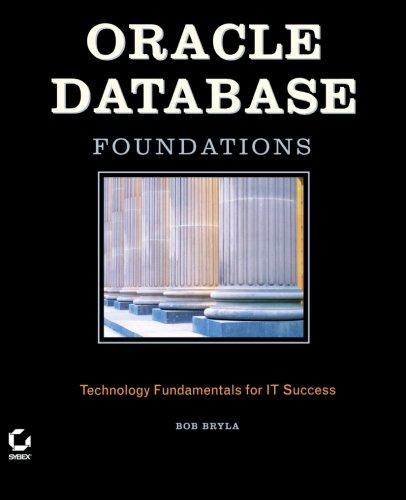Answered step by step
Verified Expert Solution
Question
1 Approved Answer
please answer all the questions if not leave them to someone who can 11. The imaginary line that runs through the center of a magnet
please answer all the questions if not leave them to someone who can 









11. The imaginary line that runs through the center of a magnet from pole to pole is called the A. axis. B. neutral line. O C. keeper. O D. magnetic parallel. 12. The area inside the hysteresis loop represents A. residual magnetism. O B. energy. C. permeability D. magnetic saturation. 13. If you double the distance an object is away from a source of magnetism, how much loss will there be in magnetic flux? A. The flux will be one-eighth as strong. O B. The flux will be one-fifth as strong. C. The flux will be one-half as strong. O D. The flux will be one-quarter as strong. 14. A device that helps a horseshoe magnet retain its magnetism is called a O A. shunt. B. keeper. O C. block. D. shorting bar. 15. When using Fleming's left-hand rule or motor rule, the thumb points in the direction of A. conductor motion. B. coil windings. C. the magnetic lines of force. D. current flow. 16. Another name for a natural magnet is O A. magnastone. B. lodestone. O C. corestone. O D. ore. 17. The ratio of the permeability of a material to the permeability of a vacuum is called A. residual permeability. B. saturation permeability. C. relative permeability. O D. coercive permeability. 18. As compared to iron, how much more resistance does a nonmagnetic material produce against magnetic lines of force? A. 20 times as much resistance B. 20,000 times as much resistance O C. 200 times as much resistance O D. 2,000 times as much resistance 19. How many ampere-turns of MMF is produced if a current of 2.2 A is applied through a winding of 200 turns of wire? A. 440 ampere-turns B. 90.90 ampere-turns C. 220 ampere-turns D. 197.8 ampere-turns 20. What happens to a magnetic material when further application of MMF brings only a slight change in magnetism in the material? O A. The material begins to lose its magnetic properties. O B. The material begins to heat rather than absorb more magnetism. C. The material is said to have low hysteresis. O D. The material is termed saturated 









Step by Step Solution
There are 3 Steps involved in it
Step: 1

Get Instant Access to Expert-Tailored Solutions
See step-by-step solutions with expert insights and AI powered tools for academic success
Step: 2

Step: 3

Ace Your Homework with AI
Get the answers you need in no time with our AI-driven, step-by-step assistance
Get Started


